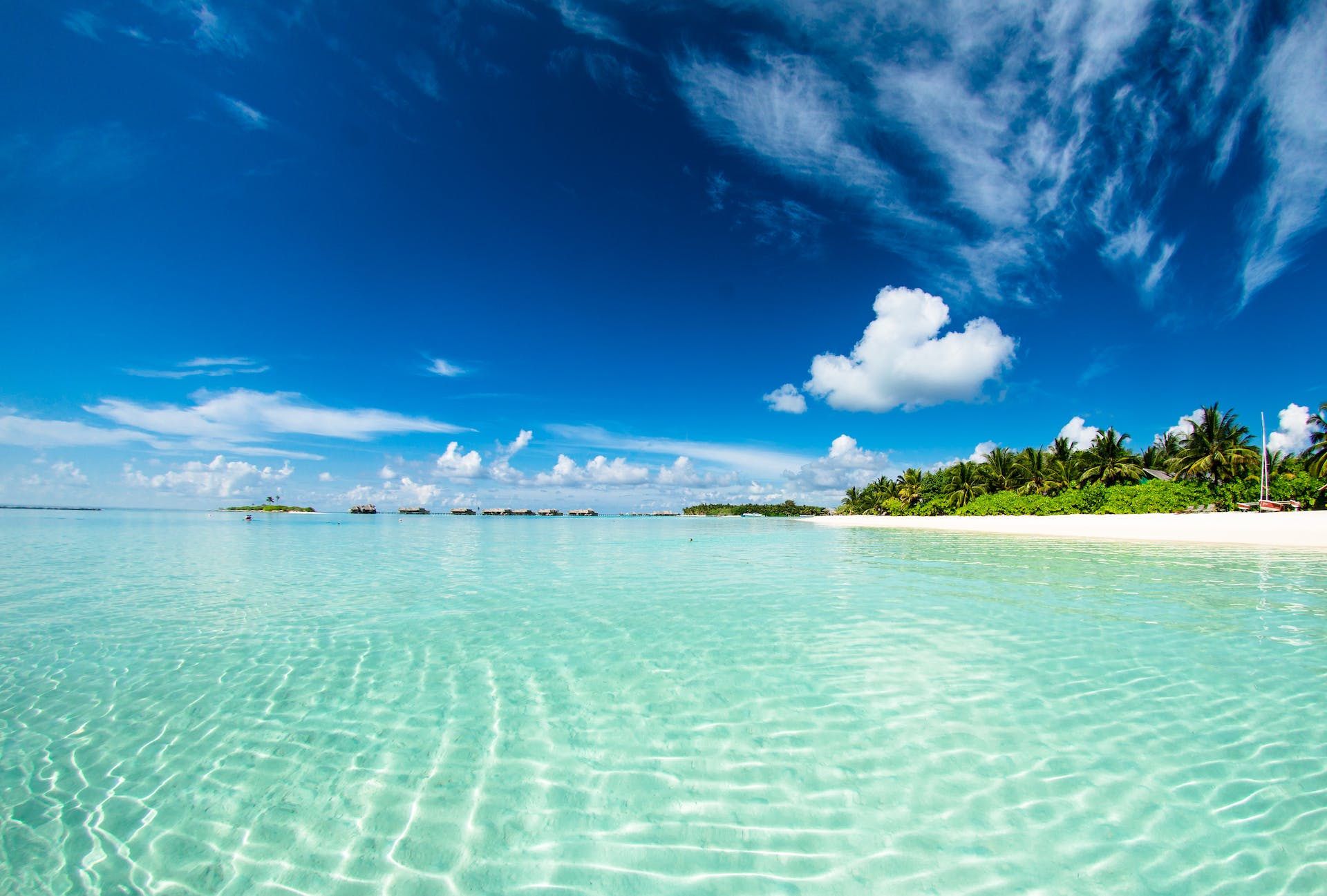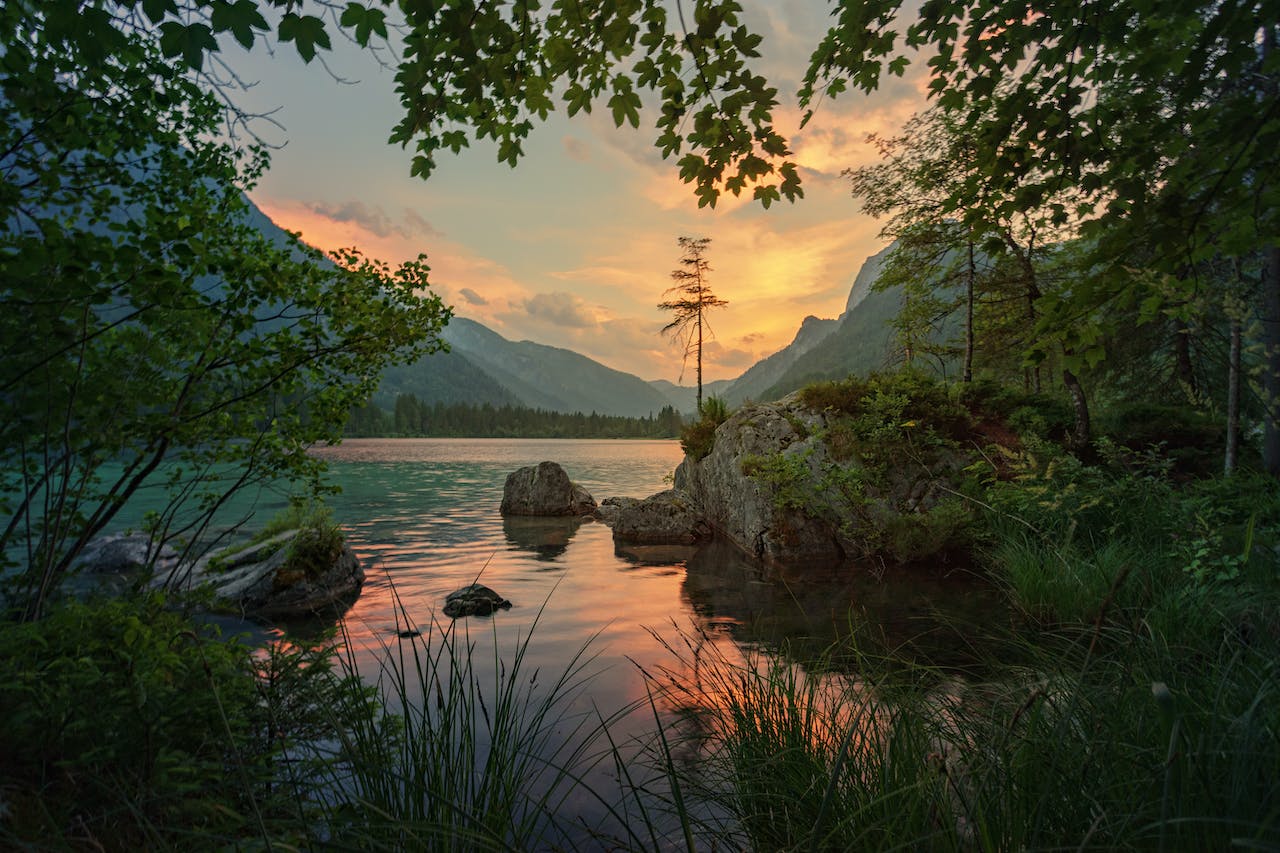Hooked on Majesty: Chasing Trout in the Scottish Highlands
Nestled in the rolling hills of Scotland lies a paradise for trout fishing enthusiasts. The Scottish Highlands boast some of the most breathtaking glens and rivers in the world, providing the perfect backdrop for an unforgettable fishing experience. The crystal-clear waters, abundant wildlife, and stunning scenery make the Highlands a must-visit destination for anyone who loves to fish.
One of the best ways to experience the majesty of the Scottish Highlands is by fly fishing for trout. The Highlands are home to a variety of trout species, including brown trout and rainbow trout, which can be found in the many rivers and lochs that dot the landscape.
Whether you’re an experienced angler or a beginner, the Highlands offer a range of fishing opportunities that will challenge and delight you. From the tranquil waters of the River Spey to the rugged terrain of the River Dee, there is something for everyone in the Scottish Highlands.
The Allure of Trout Fishing in the Scottish Highlands
Trout fishing in the Scottish Highlands is a captivating experience that offers anglers the chance to immerse themselves in the rugged landscape and pristine rivers that flow like liquid silver. Each cast of the line creates a moment of pure connection with nature, making it an experience that is both exhilarating and relaxing.
Understanding Trout Behavior
To have a successful trout fishing experience in the Scottish Highlands, it is important to understand the behavior of the fish. Trout tend to be most active during the early morning and late afternoon, so it is best to plan fishing trips around these times. They also tend to be more active in cooler water temperatures, so fishing during the early spring or late fall can yield better results.
Trout are also known to be wary of their surroundings, so it is important to approach the river with care and avoid making sudden movements that could startle the fish. Using the right bait and techniques can also make a big difference in catching trout, so it is important to research and experiment to find what works best.
Also Read: The Diversity of Trout Fishing in Colorado: A Comprehensive Guide
Seasonal Patterns and Timing
The best time for trout fishing in the Scottish Highlands is typically from late spring through early fall. During this time, the water temperatures are ideal for trout and the fish are more active. However, different rivers and lochs may have their own seasonal patterns, so it is important to research the specific location before planning a fishing trip.
Some of the best locations for trout fishing in the Scottish Highlands include the River Spey, River Dee, and Loch Lomond. These locations offer stunning scenery and a variety of trout species to catch. It is important to obtain the proper permits and follow all regulations when fishing in these areas.
Overall, trout fishing in the Scottish Highlands is a unique and rewarding experience that offers anglers the chance to connect with nature and catch some impressive fish. With the right knowledge and techniques, anyone can enjoy a successful fishing trip in this enchanting region.
Prime Trout Fishing Locations in the Highlands
River and Loch Hotspots
The Scottish Highlands offer some of the best trout fishing locations in the world. The region is home to a variety of rivers and lochs that are teeming with trout. Some of the prime locations for trout fishing in the Highlands include the River Spey, River Tay, and Loch Leven.
The River Spey, which is the second-longest river in Scotland, is known for its large brown trout. The river flows through beautiful scenery, and anglers can enjoy fishing in the midst of stunning landscapes. Similarly, the River Tay is another popular location for trout fishing, and it is known for its large trout and salmon. Loch Leven is a freshwater loch located in the Kinross area of Scotland, and it is home to a variety of fish species, including brown trout and rainbow trout.
Other notable trout fishing locations in the Highlands include the River Tweed, River Dee, and Loch Awe. The River Tweed is a famous salmon river, but it also has a healthy population of brown trout. The River Dee is known for its large sea trout, and it is a great location for night fishing. Loch Awe is a large freshwater loch that is home to brown trout, rainbow trout, and salmon.
Access and Permits
Access to trout fishing locations in the Highlands can be limited, and anglers will need to obtain permits in order to fish in certain areas. Some of the prime trout fishing locations in the Highlands are privately owned, and anglers will need to obtain permission from the landowners to fish in these areas.
Permits can be obtained from local fishing clubs, and they are required for most trout fishing locations in the Highlands. Anglers should also be aware of any restrictions or regulations that are in place for specific locations. For example, some rivers may have catch and release policies, and anglers may need to use barbless hooks.
Overall, the Scottish Highlands offer some of the best trout fishing locations in the world. Anglers can enjoy fishing in beautiful landscapes and catching a variety of trout species. However, it is important to obtain the necessary permits and follow any regulations that are in place to ensure the sustainability of these fisheries for future generations.
Tackle and Techniques for Highland Trout
Fly Fishing Essentials
Fly fishing is the most popular angling method for catching trout in the Scottish Highlands. The equipment used in fly fishing includes a fly rod, reel, line, leader, and flies. The fly rod is typically 8-9 feet long and has a weight rating of 4-6. The fly reel should have a smooth drag system and be able to hold the appropriate weight of line.
The fly line should match the weight rating of the rod and be tapered to allow for accurate casting. The leader should be tapered to match the fly line and be 7-9 feet long.
When fly fishing for trout in the Scottish Highlands, it is important to use the appropriate fly. Some popular fly patterns for Highland trout include the Black Gnat, Greenwell’s Glory, and the Silver Invicta. It is also important to match the size of the fly to the size of the trout and the conditions of the water.
Lure Selection and Strategy
In addition to fly fishing, lure fishing can also be effective for catching trout in the Scottish Highlands. When selecting lures, it is important to consider the size, color, and action of the lure. Some popular lures for Highland trout include spinners, spoons, and plugs.
When using lures to catch trout in the Scottish Highlands, it is important to vary the speed and retrieve of the lure. Slow and steady retrieves can be effective in colder water temperatures, while faster retrieves can be effective in warmer water temperatures. It is also important to vary the depth at which the lure is presented, as trout may be feeding at different depths depending on the time of day and weather conditions.
Overall, whether using fly fishing or lure fishing techniques, anglers should approach Highland trout with patience and a willingness to adapt to changing conditions. With the right equipment, knowledge, and strategy, anglers can experience the majesty of chasing trout in the enchanting Scottish Highlands.




